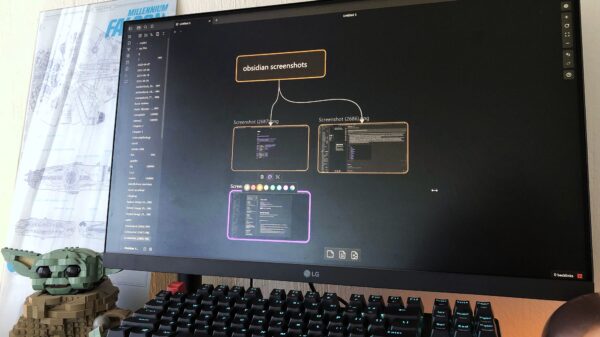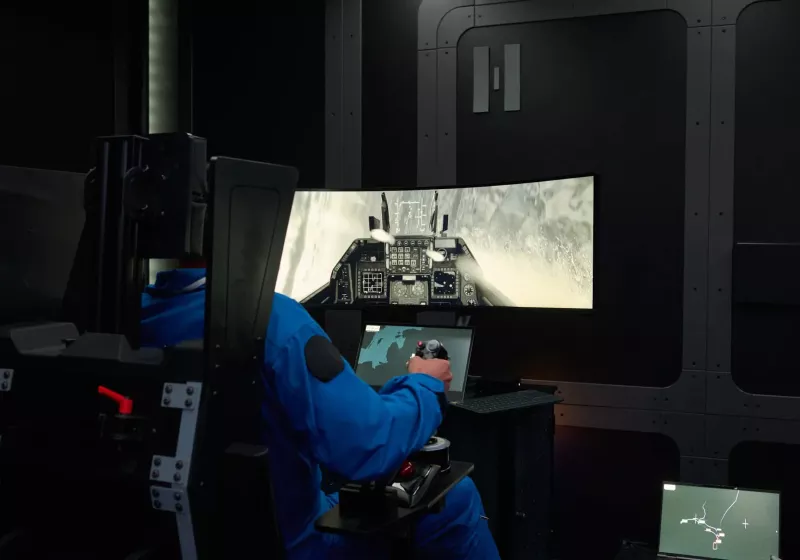Governments around the world are reallocating an estimated trillions of dollars to modernize their military capabilities in response to evolving high-tech threats and new forms of warfare. This shift is particularly visible in Europe, where the ongoing conflict in Ukraine has prompted nations to test and adopt innovative military strategies. As a result, countries are integrating advanced technologies such as artificial intelligence, drone swarms, and cost-effective warships into their defense frameworks.
The war in Ukraine has served as a critical catalyst for military transformation, driving many European nations to rethink their defense strategies. According to NATO Secretary General Jens Stoltenberg, the situation underscores the urgent need for member states to enhance their military readiness and capabilities. In response, European governments are prioritizing investments in technology that can provide them with a tactical edge on the battlefield.
One of the most significant trends emerging from this military modernization is the adoption of AI technologies. These systems are being developed to improve decision-making processes, enhance situational awareness, and automate various military functions. For instance, AI-powered fighter jets are being designed to operate autonomously, reducing the need for human pilots and increasing operational efficiency. The integration of such technology can dramatically alter the dynamics of aerial combat.
Additionally, drone swarms are becoming a focal point of military innovation. These groups of unmanned aerial vehicles can work together collaboratively to execute complex missions, such as surveillance or targeted strikes. The potential for drone swarms to overwhelm enemy defenses is driving significant interest and investment in their development. Countries like the United States and China are leading the charge in this area, with numerous military exercises demonstrating the effectiveness of such technologies.
The financial implications of these advancements are substantial. Recent reports indicate that military budgets across Europe and North America are projected to increase significantly over the next few years. For instance, the United States is expected to allocate upwards of $1 trillion annually for defense spending by 2025. This surge in funding is being directed towards research and development of next-generation military equipment, including $250,000 warships designed for rapid deployment and operations in contested environments.
Transforming Defense Strategies
The shift towards high-tech military solutions is not limited to Europe and the United States. Nations worldwide are recognizing the need to adapt to the changing landscape of warfare. For example, countries in the Asia-Pacific region are also ramping up their defense budgets and investing in similar technologies to ensure their security and sovereignty.
The focus on modernizing military forces is further fueled by geopolitical tensions and the increasing complexity of global security challenges. As nations confront threats from both state and non-state actors, the demand for advanced military capabilities is likely to grow. Defense analysts suggest that the integration of cutting-edge technologies will become essential in maintaining a competitive advantage.
Moreover, the collaboration between private sector technology companies and government defense agencies is fostering a new era of innovation. Companies specializing in AI, robotics, and cybersecurity are partnering with military organizations to develop solutions that address contemporary security needs. This collaboration is transforming how militaries train, equip, and deploy their forces.
The rapid pace of technological advancement and the substantial investments being made in defense are reshaping the global military landscape. As governments continue to navigate the complexities of modern warfare, the focus on high-tech solutions is likely to remain a top priority. With the stakes higher than ever, nations must ensure they are equipped to face the challenges of a new era in warfare.




































































